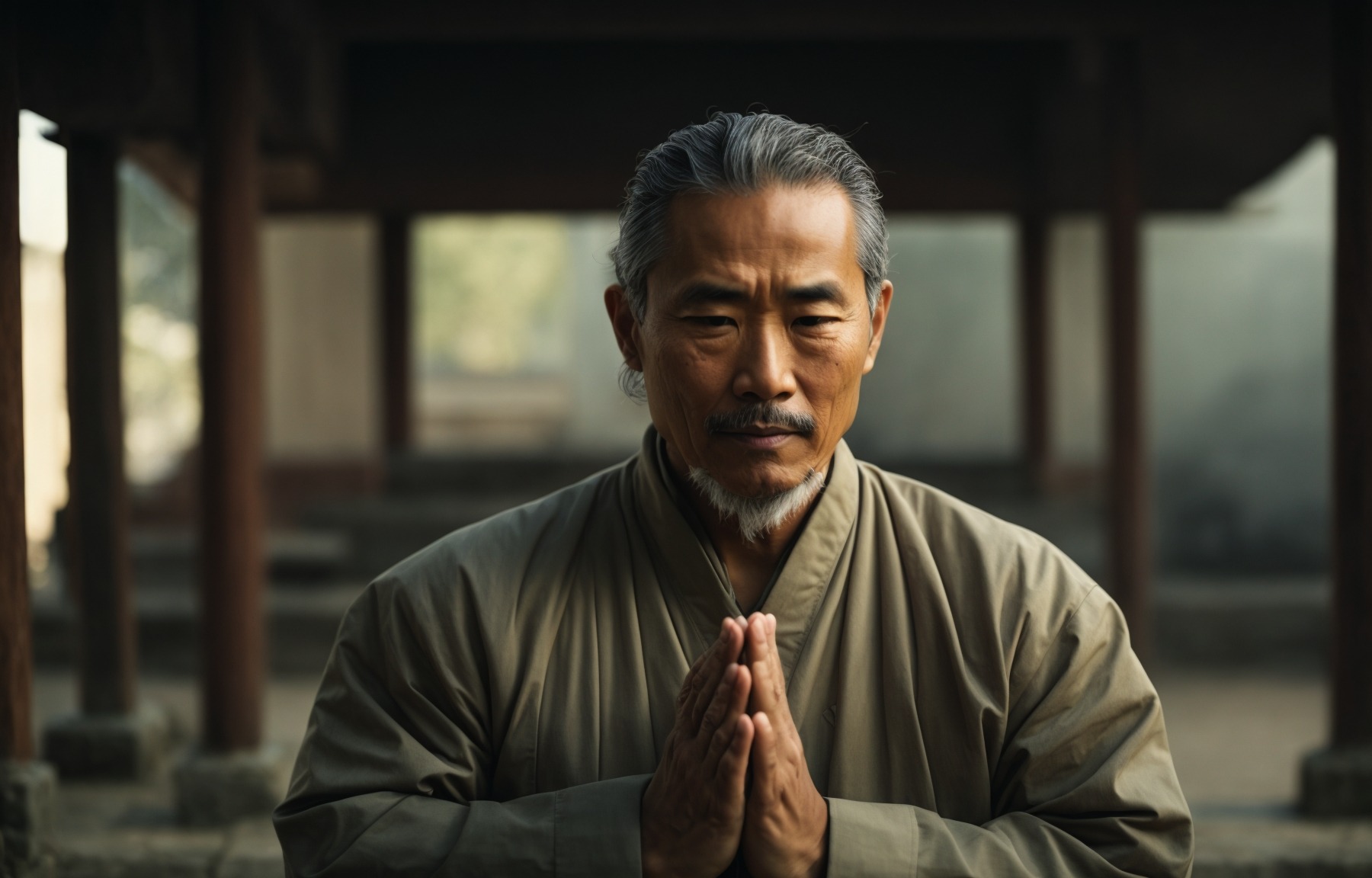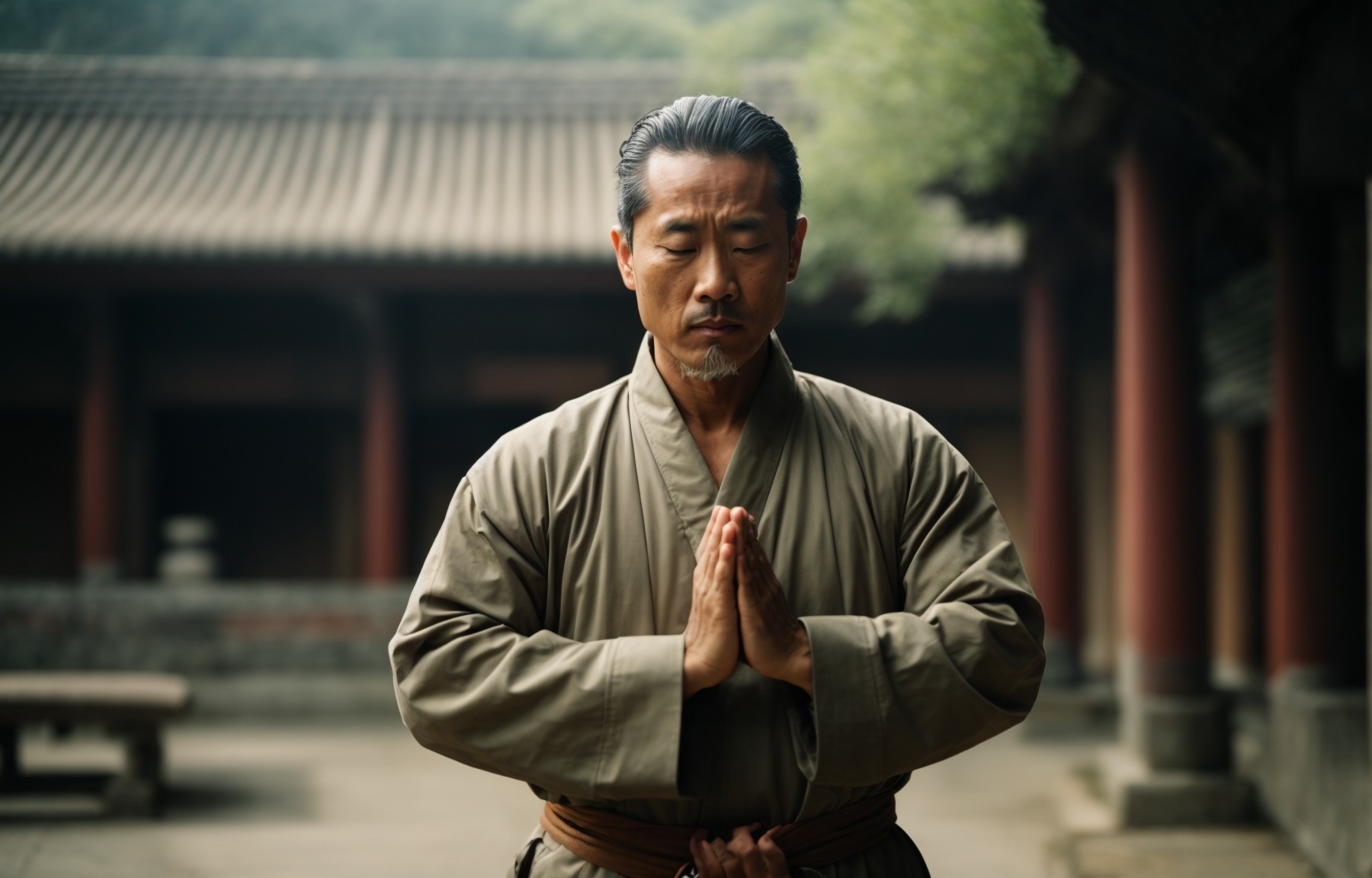
Qigong and Tai Chi are two ancient Chinese movement practices that share similarities but have fundamental differences. While both aim to increase energy and decrease stress, they have distinct philosophies, movements, and benefits. Understanding the differences between Qigong and Tai Chi can help individuals choose the practice that aligns best with their goals and preferences.
Key Takeaways:
- Qigong focuses on enhancing the life essence known as “Qi,” while Tai Chi was originally developed as a martial art for self-defense.
- Tai Chi involves memorizing a sequence of movements, making it more complex, while Qigong often involves repeated single movements or focuses solely on breathing.
- Tai Chi requires more discipline and proper form, whereas Qigong is more free-form and adaptable.
- Qigong may be more accessible for individuals with injuries or physical disabilities.
- Tai Chi tends to be more popular in the West, while Qigong is deeply rooted in Chinese culture and is an everyday practice in China.
Origins and Philosophies of Qigong and Tai Chi
To understand how qigong and tai chi differ, it is important to delve into their origins and philosophies. Both practices have deep roots in Chinese traditions and aim to improve overall health and wellbeing. Qigong, pronounced “chee gong,” is considered a system of wellness, primarily focusing on the cultivation and circulation of “Qi” or life energy. It incorporates gentle movements, breathing techniques, and meditation to balance the body’s energy and promote vitality.
Tai Chi, on the other hand, originated as a martial art developed for self-defense. It is characterized by a series of slow, deliberate movements, which are often referred to as a “moving meditation.” The practice of Tai Chi emphasizes relaxation, body alignment, and the integration of mind and body. While it can be used for martial purposes, Tai Chi is more commonly practiced today for its physical and mental health benefits.
The philosophies behind qigong and Tai Chi differ in their primary focus. Qigong seeks to cultivate and balance energy flow throughout the body, promoting overall wellness and vitality. Tai Chi, with its roots in martial arts, emphasizes the integration of mind and body, balance, and gracefulness in movement.
Benefits of Qigong and Tai Chi
Both qigong and Tai Chi offer numerous benefits for physical and mental health. These practices have been shown to help reduce stress, improve flexibility, balance, and coordination, boost immune function, and enhance overall mood and well-being. Regular practice of qigong and Tai Chi can also help improve cardiovascular health, lower blood pressure, and provide relief from chronic pain.
Qigong and Tai Chi can be easily incorporated into a wellness routine and are suitable for individuals of all ages and fitness levels. The gentle movements and controlled breathing make them accessible to beginners, while the more complex sequences and postures of Tai Chi provide a challenge for those seeking a deeper practice. Additionally, both qigong and Tai Chi can be adapted to accommodate physical limitations or injuries, making them inclusive practices for all.
Summary
Qigong and Tai Chi are ancient Chinese practices that aim to increase energy and decrease stress. While qigong primarily focuses on cultivating and balancing Qi, Tai Chi combines martial arts, meditation, and gentle movements. Qigong is often a repeated single movement or focuses solely on breathing, whereas Tai Chi involves memorizing a sequence of movements, making it more complex. Qigong is more free-form, allowing for adaptation and accessibility for those with injuries or physical disabilities. Tai Chi tends to be more popular in the West, while qigong is deeply rooted in Chinese culture and an everyday practice. Both practices offer physical and mental health benefits, providing a holistic approach to wellness.
Movements and Practice of Qigong and Tai Chi
Qigong and tai chi have distinct movements and practice methods that set them apart from each other. While both practices focus on enhancing energy and promoting wellness, their approaches differ in terms of complexity and form.
Tai Chi, a martial art originally developed for self-defense, involves memorizing a sequence of movements known as forms. These forms are performed in a slow and controlled manner, requiring discipline and proper form. Tai Chi movements are characterized by their graceful and fluid nature, encompassing a wide range of postures and transitions. Practitioners strive for balance, alignment, and flow, combining strength and flexibility in their practice. The complexity of tai chi forms makes it a more intricate and demanding practice compared to qigong.
Qigong, on the other hand, often focuses on repeated single movements or breathing exercises. It is characterized by gentle and flowing motions that are designed to cultivate and enhance the life essence known as “Qi.” Unlike tai chi, qigong is less structured and less reliant on specific forms. It allows for greater freedom of movement and adaptability. Qigong practitioners focus on cultivating and circulating Qi throughout their body, harmonizing breath and movement to achieve a state of relaxation and balance.
In summary, while tai chi requires discipline and memorization of complex forms, qigong emphasizes gentle and flowing movements along with breathing exercises. Tai chi is more structured and demanding, whereas qigong offers greater adaptability and freedom of movement. Both practices provide physical and mental health benefits, and individuals can choose the one that suits their needs and preferences.
| Tai Chi | Qigong | |
|---|---|---|
| Complexity | High | Low |
| Forms | Memorized sequences | Repeated single movements or breathing exercises |
| Structure | Disciplined and specific | Flexible and adaptable |
| Focus | Balance, strength, and flexibility | Cultivating and circulating Qi |
Accessibility and Adaptability of Qigong and Tai Chi
When considering qigong and tai chi, accessibility and adaptability are important factors to consider. Both practices offer numerous benefits for physical and mental well-being, but they differ in terms of their structure and approach. Qigong, with its focus on cultivating “Qi” or life energy, provides a more free-form practice that can be easily adapted to suit individual needs.
Unlike tai chi, which involves memorizing a sequence of movements, qigong often involves repeated single movements or focuses on breathing exercises. This simplicity makes it more accessible for beginners or individuals with injuries or physical disabilities. Qigong can be practiced while sitting, standing, or even lying down, allowing for flexibility in adapting the practice to different circumstances and abilities.
Tai chi, on the other hand, requires more discipline and proper form. Its intricate movements and precise techniques make it a more complex practice to master. While this complexity may present a challenge for some, it also offers the opportunity for a deeper level of engagement and concentration, making it suitable for those seeking a more rigorous physical practice.
It is also worth noting that qigong and tai chi offer similar benefits, including stress reduction, improved balance, flexibility, and relaxation. Both practices can be incorporated into a wellness routine to enhance overall health and well-being. Whether you choose qigong or tai chi, or perhaps even a combination of both, the key is to find a practice that resonates with you and meets your individual needs.
Benefits of Qigong and Tai Chi
Qigong and tai chi are both renowned for their numerous health benefits. Here are some of the advantages associated with these ancient practices:
- Reduced stress and anxiety
- Improved balance and coordination
- Enhanced flexibility and joint mobility
- Increased energy and vitality
- Better posture and body alignment
- Boosted immune system
- Reduced blood pressure
These benefits are achieved through the gentle, flowing movements of qigong and tai chi, as well as the focused breathing techniques employed during practice. Regular engagement in qigong or tai chi can contribute to an overall sense of well-being and promote a healthier lifestyle.
Conclusion
When it comes to qigong and tai chi, accessibility and adaptability are key considerations. Qigong, with its free-form nature and focus on cultivating life energy (“Qi”), offers a more adaptable practice that can be modified to suit individual needs. Tai chi, with its memorized sequences and complex movements, requires more discipline but also offers a deeper level of engagement.
Both qigong and tai chi have a range of physical and mental health benefits and can be incorporated into a wellness routine. Whether you prefer the simplicity of qigong or the intricacy of tai chi, both practices provide an opportunity to enhance your overall well-being and connect with the ancient traditions of Chinese movement and mindfulness.
| Benefits of Qigong | Benefits of Tai Chi |
|---|---|
| Reduced stress and anxiety | Improved balance and coordination |
| Enhanced flexibility and joint mobility | Increased energy and vitality |
| Better posture and body alignment | Boosted immune system |
| Reduced blood pressure |
Cultural and Popularity Differences of Qigong and Tai Chi
Qigong and tai chi showcase cultural variations and differences in popularity, alongside their individual principles and exercises. These ancient Chinese movement practices have gained significant recognition in the West, with tai chi being more widely practiced and appreciated. Tai Chi, with its graceful, fluid movements, has become a well-known exercise form in the United States, attracting people of all ages seeking physical and mental well-being.
On the other hand, qigong remains deeply rooted in Chinese culture and is practiced by millions of individuals in their daily lives. Qigong emphasizes the cultivation of “Qi,” the vital life force, through a combination of gentle movements, breathing techniques, and meditation. Its free-form nature allows individuals to adapt the practice to their specific needs, making it more accessible and adaptable for individuals with injuries or physical disabilities.
Both qigong and tai chi offer numerous benefits for physical and mental health. Engaging in these practices can lead to improved balance, flexibility, and coordination, as well as reduced stress and anxiety. Qigong’s focus on internal energy cultivation and tai chi’s emphasis on martial arts principles provide unique avenues for personal growth and self-discovery.
Ultimately, whether you choose qigong or tai chi, incorporating these ancient practices into your wellness routine can have a transformative impact on your overall well-being. Whether you are drawn to the cultural heritage of qigong or the fluid movements of tai chi, both practices offer an opportunity for self-care, relaxation, and the pursuit of inner harmony.
FAQ
How is Qigong different from Tai Chi?
Qigong and Tai Chi are both ancient Chinese movement practices, but there are differences between the two. Qigong focuses on enhancing the life essence known as “Qi,” while Tai Chi was originally developed as a martial art for self-defense. Additionally, Tai Chi involves memorizing a sequence of movements, making it more complex, while Qigong often involves repeated single movements or focuses solely on breathing.
What are the origins and philosophies of Qigong and Tai Chi?
Qigong is primarily focused on enhancing energy and wellness through cultivating “Qi,” while Tai Chi was originally developed as a martial art for self-defense. Both practices have their roots in ancient Chinese traditions and offer numerous health benefits.
How do the movements and practice of Qigong and Tai Chi differ?
Tai Chi involves memorizing a sequence of movements, making it more complex compared to Qigong, which often involves repeated single movements or focuses on breathing exercises. The two practices have differences and similarities in terms of form and structure.
Are Qigong and Tai Chi accessible and adaptable for everyone?
Qigong may be more adaptable for individuals with injuries or physical disabilities due to its free-form nature. Both practices offer physical and mental health benefits and can be adapted to different levels of experience.
What are the cultural and popularity differences between Qigong and Tai Chi?
Tai Chi is more popular in the West, while Qigong is an everyday practice deeply rooted in Chinese culture. Both practices have unique principles, exercises, and overall benefits.



